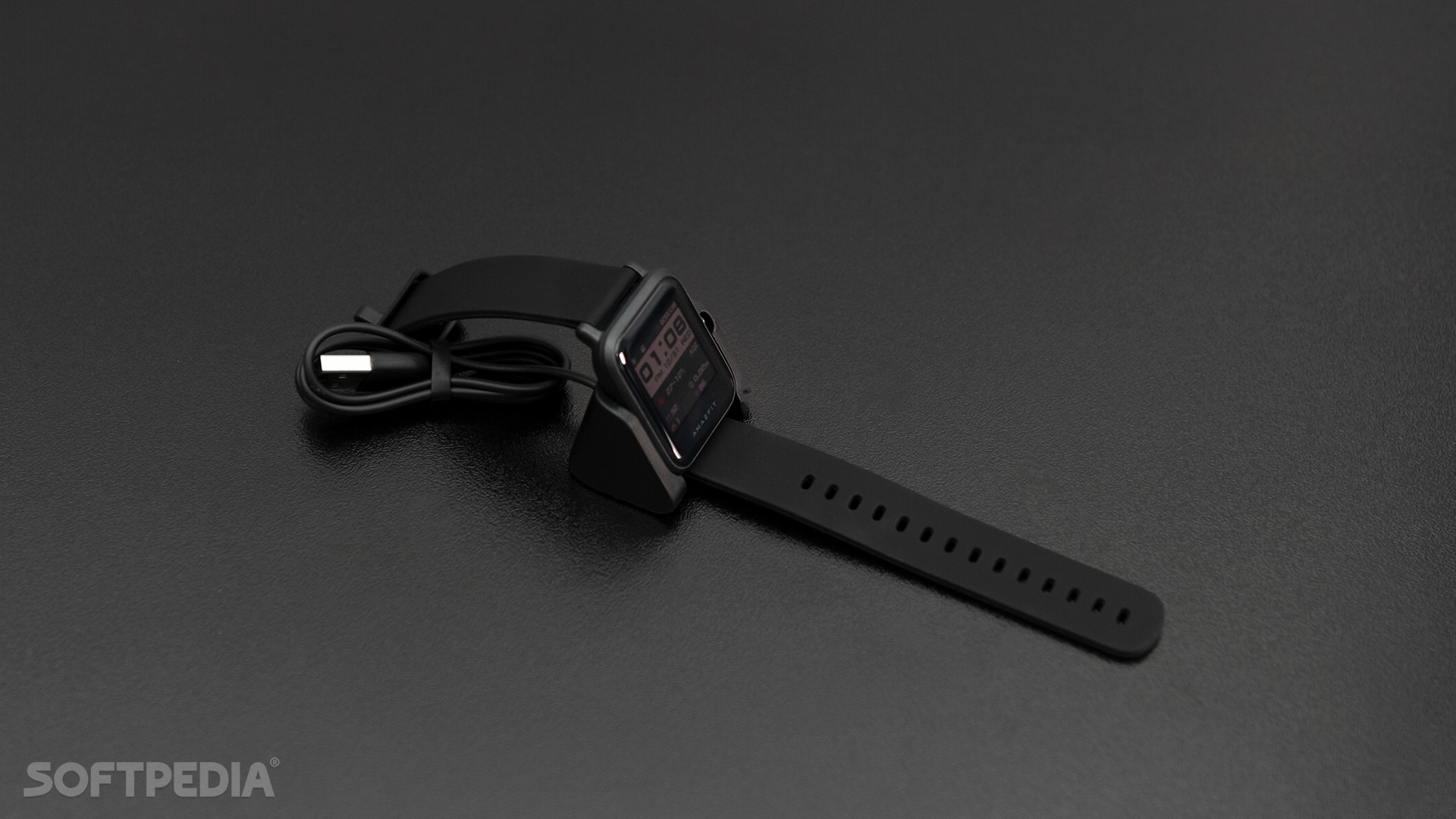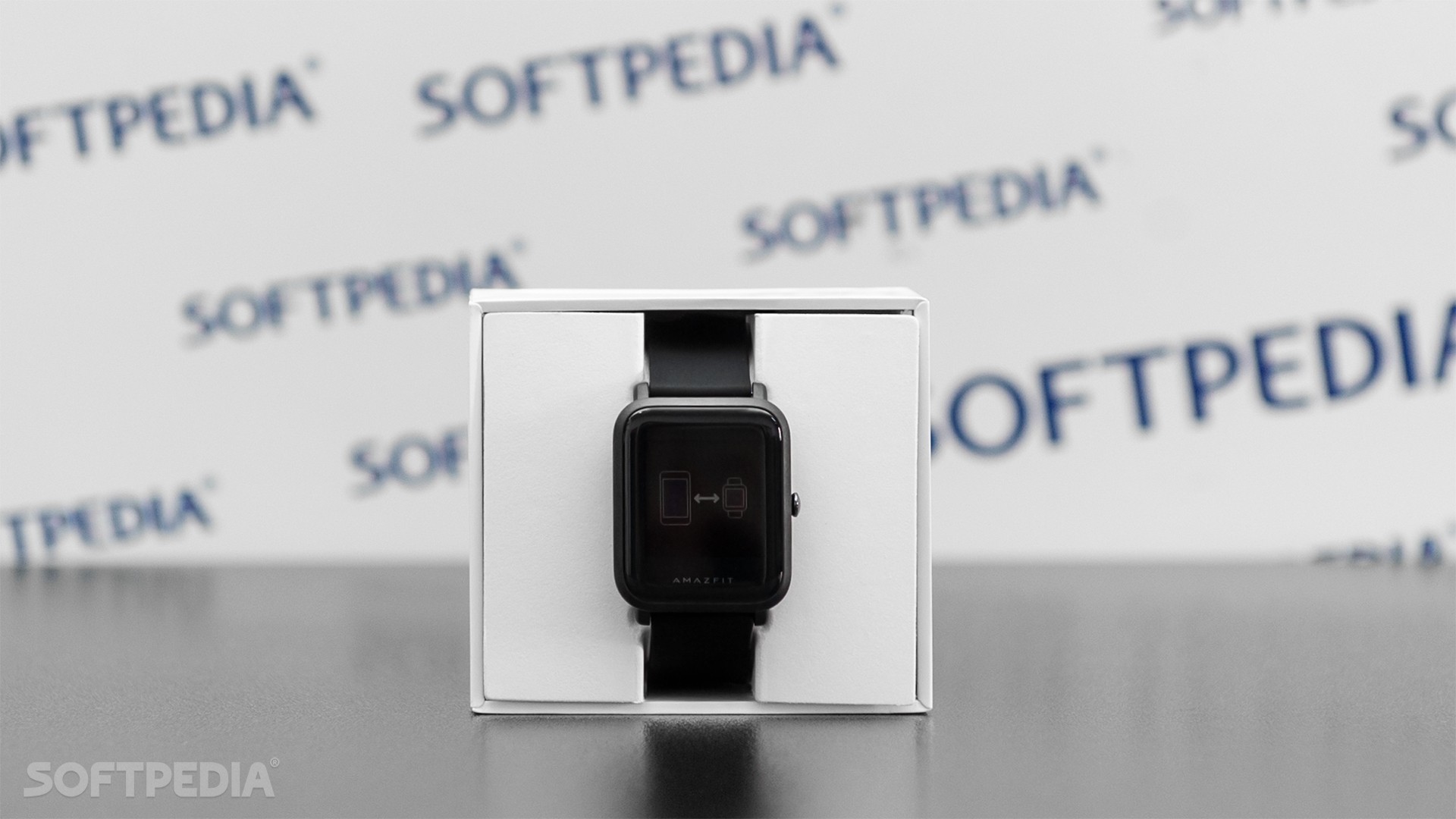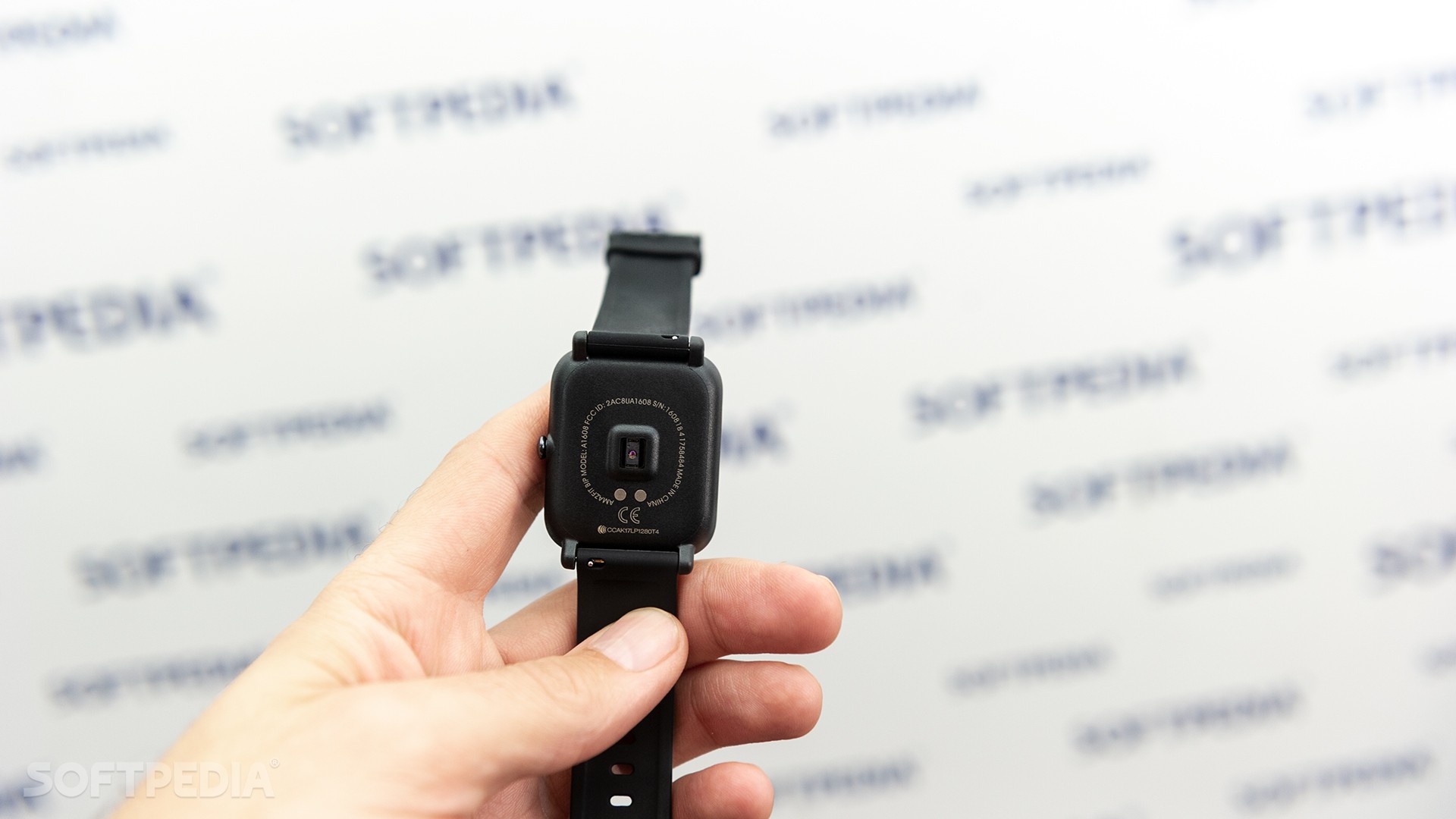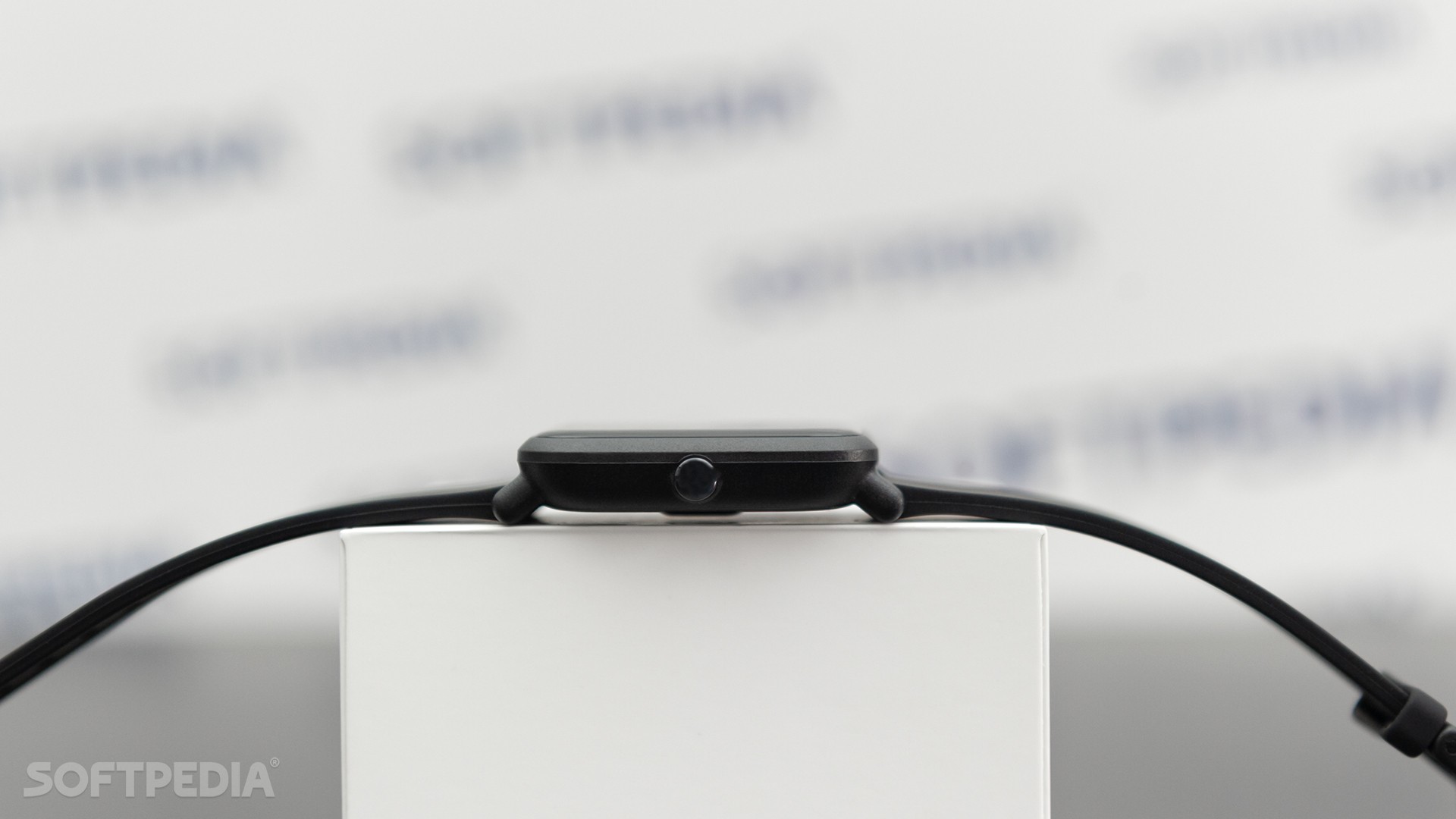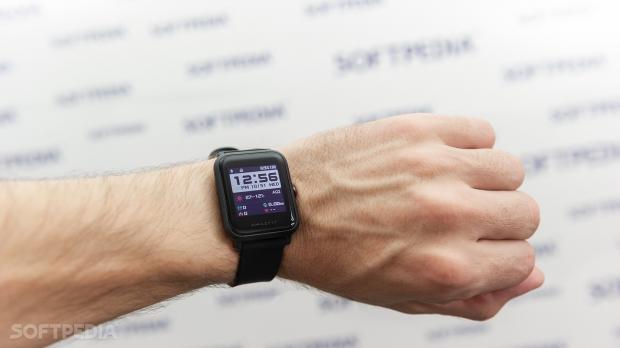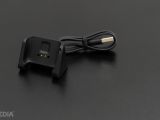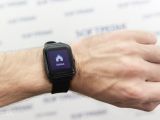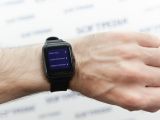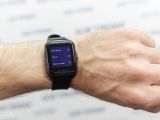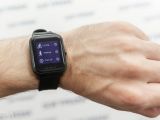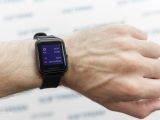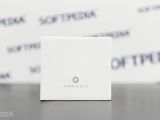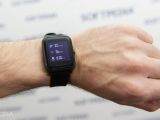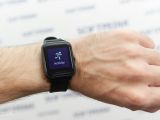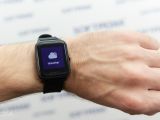Smartwatches have evolved substantially in the last few years, and despite the criticism this new industry had to deal with when the first models hit the shelves, more and more people discover the advantages of having a smart device on their wrist.
Smartwatches are everywhere you look these days. I’m wearing one right now as I’m writing this review, most of my colleagues have one, and sales are continuously going up every year as further companies enter the market.
One of the most recent players in the smartwatch battle is Amazfit, a brand that doesn’t say much too many, but which comes with products that are impressive in one key regard: the price. Smartwatches sold under the Amazfit brand are incredibly affordable, with devices that promise no compromises available for less than $100.
This is surprising, to say the least, especially because the top smartwatches right now cost at least a couple hundred dollars.
First of all, who is Amazfit? In just a few words, this is an American brand that is specifically focused on wearables. It’s owned by Huami, which is actually the company that builds wearable technology for a more famous brand, Xiaomi. As many tech watchers know by now, Xiaomi is a company that… well… use Apple as the source of inspiration for lots of their products, so many Xiaomi devices look and feel a lot like Apple’s.
This makes it less surprising that the Amazfit Bip smartwatch that we review today reminds of the Apple Watch. However, the resemblances between the two are limited to the first encounter with the Amazfit Bip, as it becomes obvious that they have different targets after you turn them on for the first time.
Basically, the Bip may look like an Apple Watch from certain angles, but other than that, they're just like chalk and cheese.
At 31 grams (1.1 ounces), the Bip feels incredibly light on the wrist, and this is without a doubt one of the things I liked the most about it. In fact, wearing something heavy all the time isn’t my favorite cup of tea, especially when that something needs to be there 24/7 to keep track of every single breath.
Smartwatches come with capabilities that get more and more advanced these days, and one of the areas that are constantly improving is activity and health tracking. As a result, these devices need to be worn all the time, therefore the lighter they are, the more convenient it is for more people to do this.
The rectangular design of the Bip has a 1.28-inch color touch display at the core. The screen uses an always-on reflective layer, plus 2.5D Corning Gorilla Glass 3 protection. This is good news, as smartwatches are often prone to physical damage, just like a traditional watch.
Amazfit used a polycarbonate, matte-plastic case for the Bip, and despite feeling quite fragile, it’s actually pretty tough. I accidentally smashed it to a metal door and not a single scratch resulted, so I think this mix of materials helps Amazfit shoot two birds with one stone. First, it makes the watch durable, and second, it allows them to keep the price as low as possible without compromising durability.
“Old-school Pebble.”
The design of the watch and the choice of materials don't make it a really exquisite product, but it’s pretty clear that the parent company was focused specifically on functionality, rather than on making the Bip stand out on the wrist.
While my test version was full-black, there are other configurations of the watch that come with colorful cases. If you ask me, these have a cheaper feeling and they make the Bip more appropriate for children, rather than for grownups. Not to mention that wearing the device with more elegant outfits, like a suit, is already a challenge, so when getting a colorful case, it’s all becoming a bigger headache for Bip buyers.
The side button lets you unlock the watch and provides input during workouts when using the touchscreen isn’t the most convenient thing to do. A smartwatch must face more difficult operating conditions and needs to work with a sweaty hand as well when exercising, and given that touchscreen have shown their limits already in this area, a physical button just makes sense.
The best modern term to describe the quality of the display is meh. With a resolution of 176x176 pixels, you certainly won’t feel like you’re using the flagship of flagships in terms of smartwatches, and it somewhat reminds me of the old-school Pebble. In fact, at some level, it’s similar to the Fitbit Versa, though when comparing the two models side-by-side I actually liked Fitbit’s model better.
What’s very important to emphasize here as well is that the low-resolution screen is also the result of two different efforts. First, Amazfit wanted the Bip to be as cheap as possible, and given the display is often the most expensive part of a device, it’s easy to see why this ended up becoming the company’s preferred choice. And second, the parent company was aiming from the very beginning to offer stunning battery life, so many customers might actually agree with getting a lower-quality screen in exchange for longer autonomy per charge.
Amazfit says you could get up to 30 days with regular use and up to 45 days with minimal notifications. On paper, that sounds amaz...ing. However, things are a little bit different.
The one thing you should know is that the Bip comes with everything disabled. Everything! Notifications are off, regular heart activity tracking is off, pretty much all the features that could eat up battery are off. This indeed helps provide the impressive battery life promised by the company, but seriously, who gets a smartwatch just to use it as a… watch?
If you turn them on and actually unleash the true smartwatch capabilities, you get somewhere close to two weeks per charge, which is still impressive given the 190 mAh lithium-polymer battery. However, if you work out regularly and use the built-in GPS sensor for every session, battery life decreases significantly, and it gets somewhere close to 10 days per charge. Still huge given all the capabilities that it offers and especially when comparing it to other models on the market.
“One-month battery life. Huh.”
Now, do you really want to work out with a sub-$100 smartwatch? Is it truly reliable?
In short, it is. If you’re really picky about stats and want something truly advanced, you better look elsewhere. Let’s detail.
Amazfit Bip comes with a pretty remarkable feature arsenal. You get an optical heart rate sensor for tracking (heart rate zones also supported!), a barometer, a compass, GPS and GLONASS, an IP68 rating, a 3-axis accelerometer, and support for both Android and iOS.
Just like it happens on other smartwatches, you can choose from a wide variety of activities, and Amazfit says it’s always working on adding new ones with firmware updates. That’s cool, though I see no point in focusing on sports activities that aren’t so common, like golf, for instance, because people interested in this would always go for more expensive gear.
However, as far as reliability and data accuracy are concerned, there are times when the Amazfit Bip is on par with the more expensive alternatives out there. I compared it with the Fitbit Charge and the Garmin Vivoactive 3, and the differences are small, to say the least. There are moments, however, when the stats are completely off. During one workout, the Bip claimed I burned only 20 calories after 30 minutes of intensive cycling, while both the Fitbit Charge and the Garmin got close to 200.
Yet, this happened only once and I think Amazfit can further refine the tracking with firmware updates in the coming months.
Most of the time, the Amazfit Bip is quite a tracker, and there’s no doubt you get amazing value for the money you pay for the device. At least in terms of activity tracking.
You are provided with GPS location tracking, so at the end of the workout, you can see your route. Sleep tracking is also available, and it kicks in automatically when going to sleep, though I noticed that it typically misses a few minutes of resting and tracking begins later than it should.
When it comes to notifications, this is where Amazfit needs to focus heavily on future models. The good thing is that you get notifications for pretty much any app on your phone, but you need to configure them manually when setting up the watch. As I said, everything’s off by default, so there’s a lot of setting up you need to do when turning on the Bip for the first time.
Then, most of the notifications are just basic, with no way to interact with them. For a WhatsApp message, you can’t do anything else besides reading the message, as even a dismiss option is missing to remove the notification from your phone’s screen. This happens on both Android and iOS. You can’t respond to messages, you can’t set pre-defined replies, and you can’t manage multiple notifications at the same time.
“Basic notifications. And that's alright.”
The way notifications look on the screen also leaves a lot to be desired, as the UI interface is unrefined and contributes to the cheap feeling that the Bip offers at certain times. More advanced features and notifications, however, are available with a third-party app for Android called Notify & Fitness for Amazfit (sorry, iPhone users!).
On the other hand, the device does support the typical gestures on the screen to swipe up to access notifications and other widgets, and it also shows the weather forecast when it’s configured in the companion app.
And speaking of the companion app, you need to install the Xiaomi Mi Fit mobile app, and while this offers the essential feature and stats package, it’s not even close as advanced as rival apps like Apple Health and Samsung S Health.
There are lots of additional faces up for grabs from the mobile companion app, and you can download them free of charge, though finding one that looks good is quite a challenge. Given the low-resolution screen, some themes look pretty awful and do nothing more than to contribute to the overall cheap feeling of the watch.
In terms of smartwatch capabilities, the Amazfit Bip delivers a lot of value for the money, and there's a chance that you're going to like it if you know exactly what to expect. On the other hand, if you come from an Apple Watch, you will probably not want to use the Bip, as the build quality and the feature package don't even compare to what Apple offers to its customers.
The bottom line
The Amazfit Bip sports a feature lineup that you wouldn't normally expect from such a cheap smartwatch. It's a rather capable choice when it comes to activity tracking and sports the essentials in the smartwatch areas too.
If there's anything I really liked about the Bip, it is the battery life. Certainly, Amazfit has used a lot of gimmicks to increase battery life, as it's the case of the features turned off by default, but even if you enable things like notifications and more frequent HR tracking, you still get some 10 to 14 days of battery per charge, and this is something you don't normally expect from today's smartwatches.
At the same thing, I really don't think the low resolution is a major drawback, but this is just me, and it's clearly a subjective opinion. If you've used an Apple Watch or a Samsung Galaxy Watch before, you're not going to be pleased.
The Bip feels just like a super-cheap device when looking at the screen, but if you understand the reasons for choosing this particular display, it's pretty clear the whole idea was to provide you with longer battery life. And at the end of the day, this certainly pays off, as you won't need to look for a charger as often as in the case of the premium devices mentioned above.
The only thing I really dislike is the choice of materials that more or less makes the Bip feel like a Chinese product that doesn't cost more than ten dollars. This makes it pretty difficult to wear the device with an elegant outfit, and at the same time, shows from the very beginning that Amazfit focused more on the feature lineup rather than on looks.
The build quality overall leaves a lot to be desired. My review unit came with a dead pixel on the screen, and this shows just how much effort the parent company put into this particular area of development.
In the end, before getting an Amazfit Bip, it's critical to know exactly what you expect. If this is your first smartwatch, there's a good chance you're going to like it. If you're into exquisite looks, you better look elsewhere.
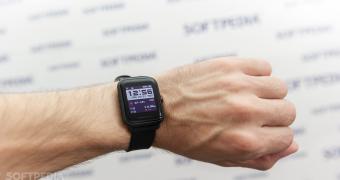
 14 DAY TRIAL //
14 DAY TRIAL // 